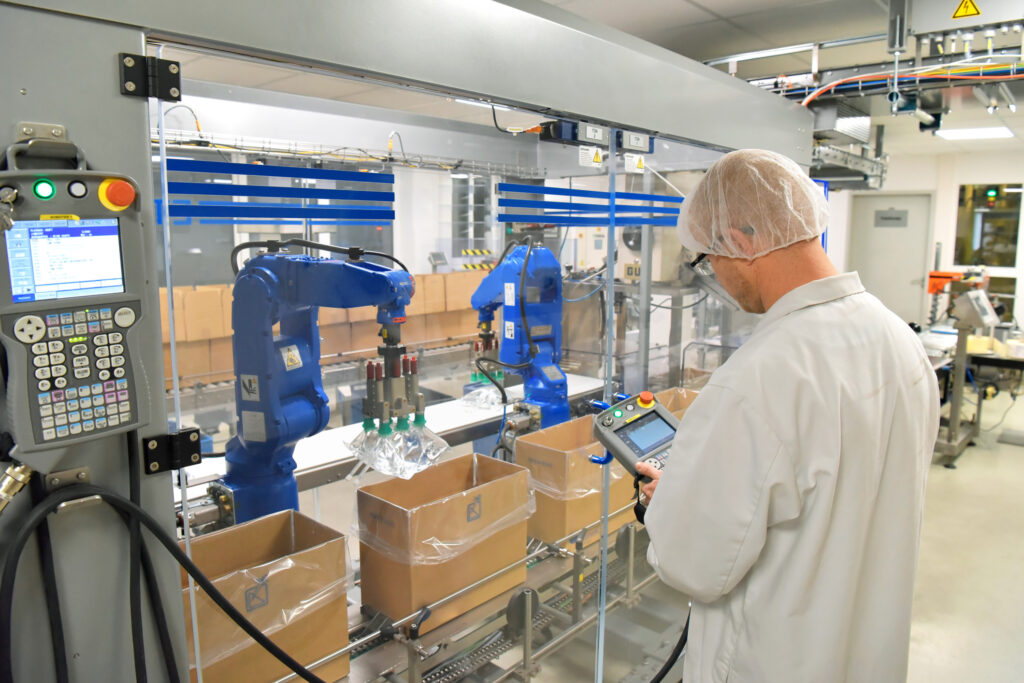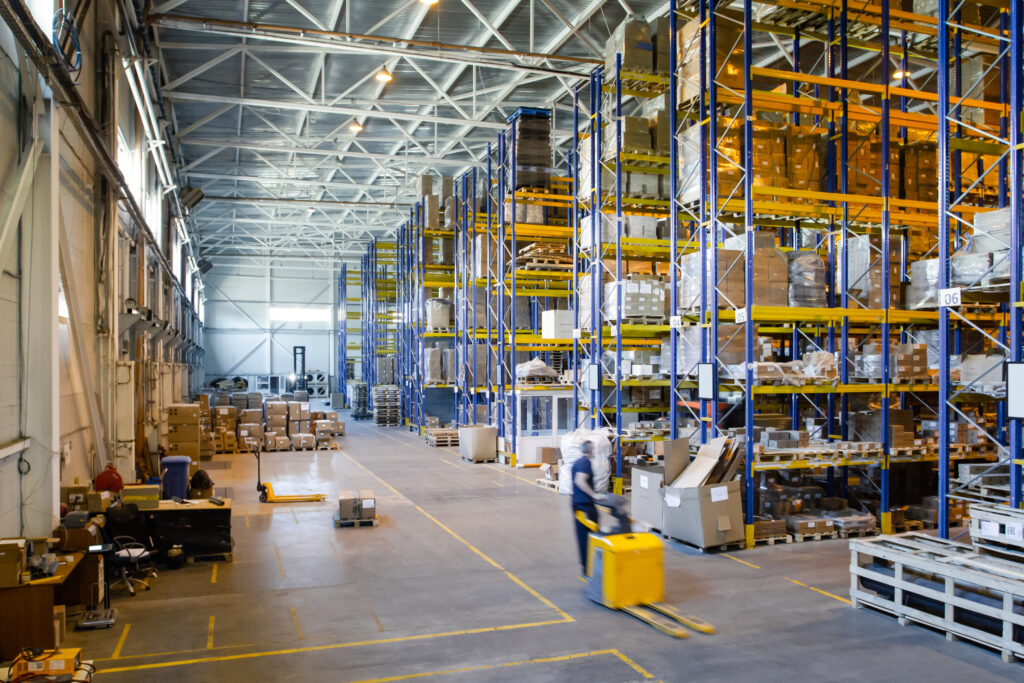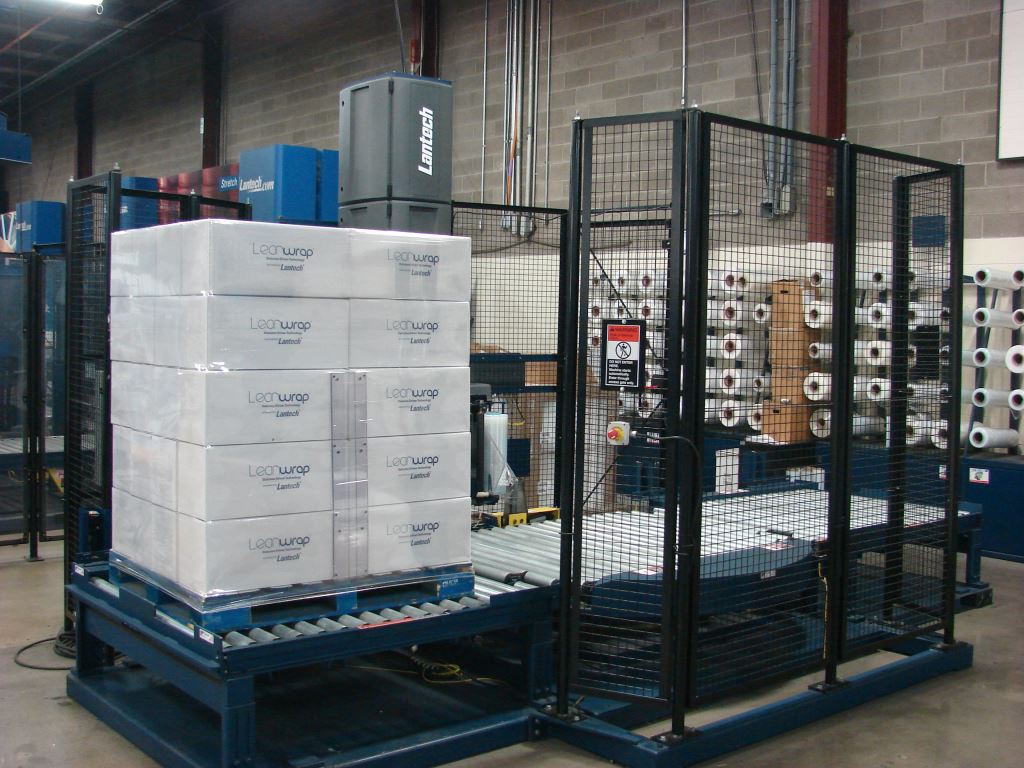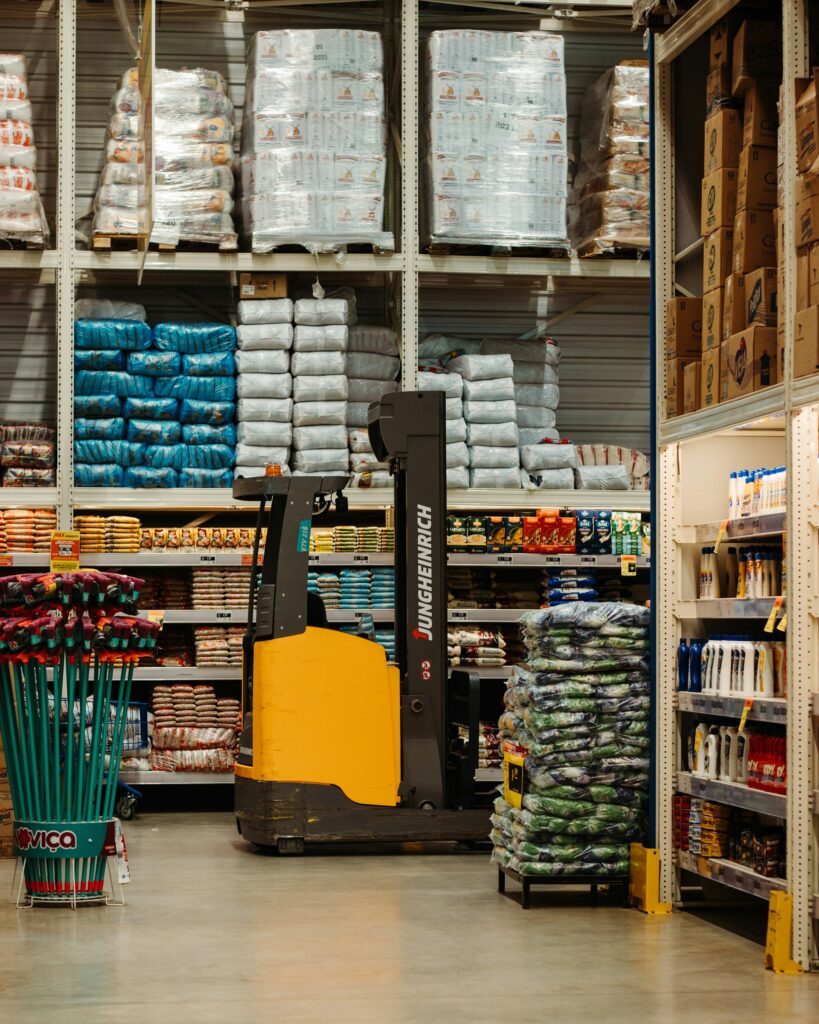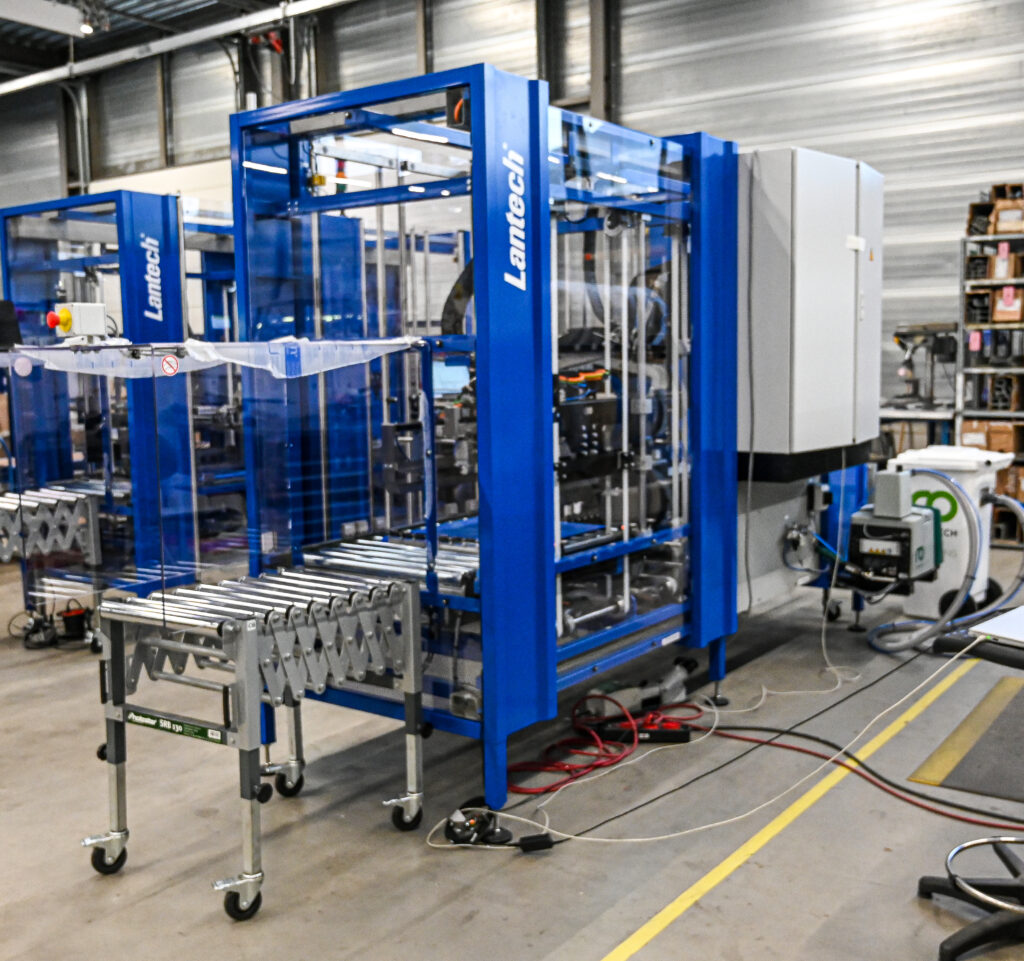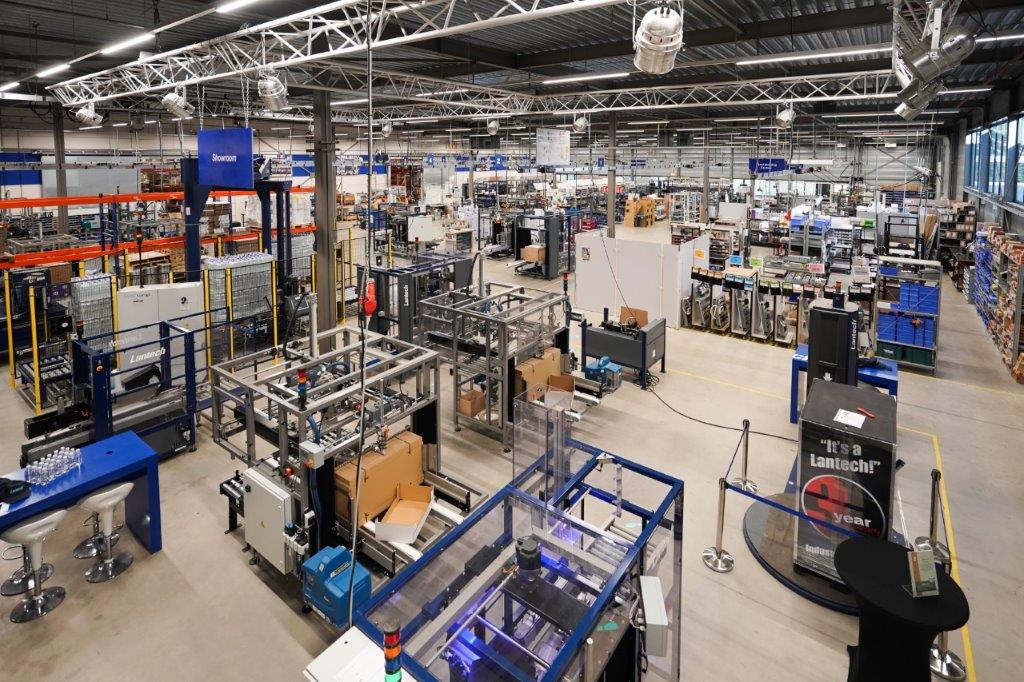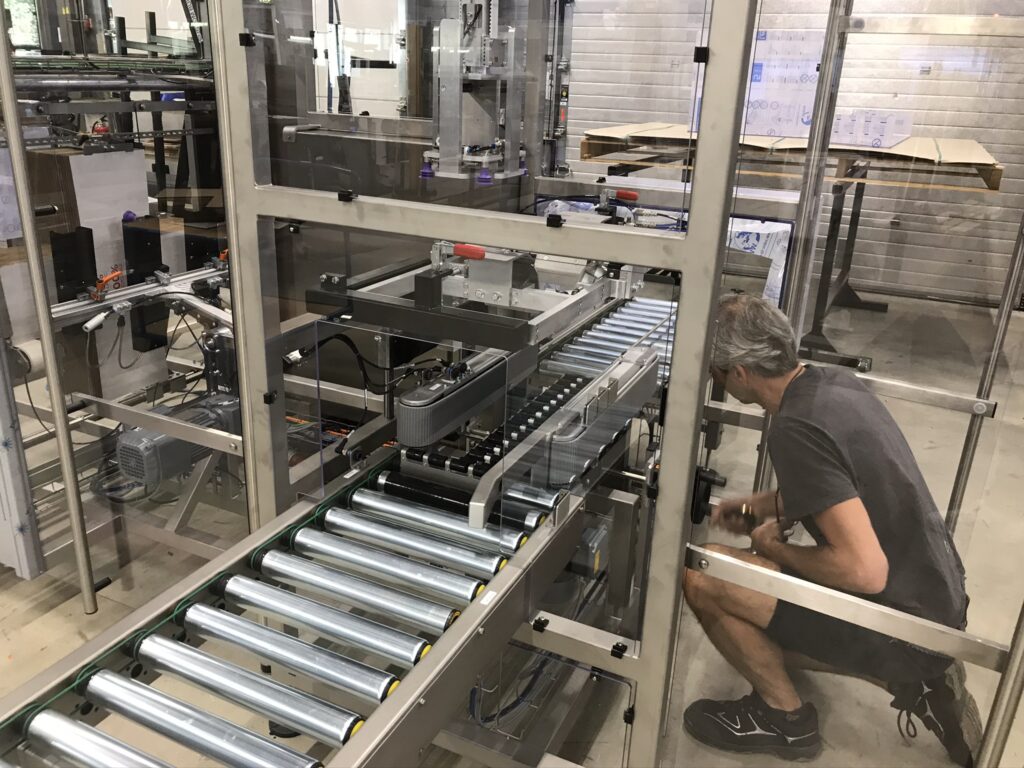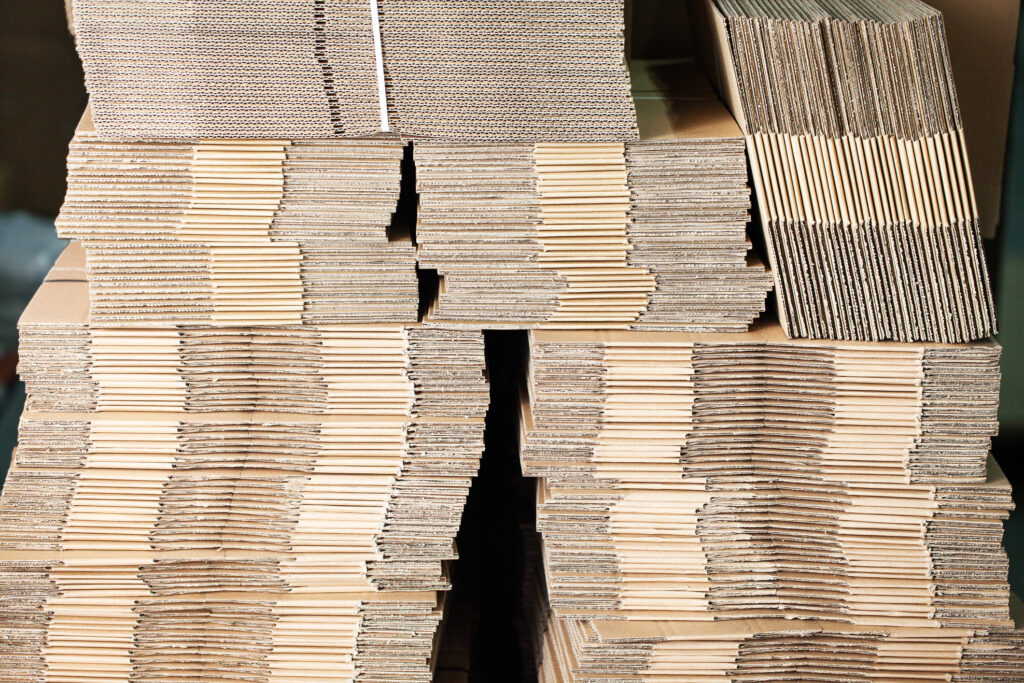Arriving at the destination in “as made” condition
That’s the goal of companies that put product on pallets (or slip sheets, or floor loaded) for shipment.
Pretty simple, right? Except it’s not.
Loads are subject to a lot of stresses and forces during shipment. Temperature extremes; vibration over hundreds or thousands of miles of rail and truck movement; loading, unloading and shuttling around at depots and distribution centers; and the product itself which can be very heavy, quite light, slippery (not easy to keep stacked) or even sharp or odd shaped.
Delivering product in the same condition that it’s made is often just assumed as it is wheeled off the loading dock – but that’s not a safe assumption. In fact, as sustainability scorecards challenge companies to reduce packaging materials, in some cases there’s a negative impact as more product is damage / unsalable and destined for landfill.
So what options do companies have? Actually a number.
To unitize or not?
Looking at the challenge realistically the first question is whether unitizing loads is even feasible / desirable. Small parcel shipment volumes are growing as distribution is accomplished with direct shipments to consumers. In those cases there’s no need for load unitization as one or a couple product units are packed in a case for home or office delivery.
In other cases it’s advantageous to direct load product. For instance some ocean containers may be floor loaded for maximum density and minimum product shipment. Restaurant food distribution is another example. Product in reefers is often delivered as a “case of this and case of that” wheeled by hand-truck onto lift-gates and into restaurants which aren’t equipped to receive pallet loads.
Don’t just assume that product is most efficiently stacked on pallets or slip sheets.
But if unitization is appropriate…
Stretch wrapping is the dominant “go to” solution for pallet wrapping. Stretch wrap film is readily available and inexpensive. Proven solutions exist for stretch wrapping by hand, for machine wrapping in low-medium volume environments as well as high speed pallet wrapping for operations which produce >80 loads/shift.
While most everyone knows about stretch wrapping equipment, and potential labor and film cost savings, sometimes people ask “What alternatives do I have to stretch wrapping?”
It’s a reasonable question – and there are several.
The most common alternatives are:
- Stretch hood
- Shrink hood
- Adhesive
- Strapping
Let’s take a quick look at each.
Pallet stretch hood
More common in Europe, stretch hooding typically uses gussetted film from a continuous roll. The machine essentially takes a sleeve the height of the pallet, seals the top (making a bag), stretches it to fit around the pallet, slides it down over the pallet and then releases the stretch. The sleeve then returns to it’s normal dimensions, tightening around the pallet.
Because it’s most commonly used in Europe, most of the manufacturers are European companies. Some have US operations.
These machines are typically used for high volume applications as the capital expense (especially considering exchange rates) is not insignificant.
Notable manufacturers of pallet stretch hood equipment include Polychem, MSK Covertech, Lachenmeier and Beumer.
In addition to cost, complexity and US service parts availability, buyers should research materials supply. Unlike typical stretch film which is made by a number of manufacturers in various standard widths and gauges, stretch hood material is a more specialized product and available from fewer manufacturers through a more limited distribution channel.
The nature of the application also requires thicker film. Typical thicknesses range from 40-200 micron (1.6 to 8 mil.) Compared to 65 or 80 gauge (.65-.8mil) stretch film, which is often pre-stretched 2.5 to 3X (down to .2 to .32mil), that’s a substantial potential increase in material use/load. Of course there are film overlaps in the stretch wrapping process so it’s not necessarily a direct comparison of .2 to 8 mil!
Pallet shrink hood
This is a similar solution to the stretch hood approach. A continuous roll of heat shrinkable film dispenses material which is cut to match the height of the load and sealed at the top. It’s then guided down over the load finally shrunk – typically by a high volume of hot air.
This video from MSK shows a variety of shrink hood applications.
Like the stretch hood solution, these are more prevalent in Europe and therefore most of the machines are built overseas. Also like stretch hood equipment, typically the capital investment is large and the common applications are high speed. Stretch hood machines can run up to 100 loads/hour in some cases.
In addition to floor space, capital cost, maintenance & parts and complexity, material supply considerations are an important planning factor. Material thickness is often in the 1 mil range but the range of suppliers is smaller than traditional stretch film.
Finally shrink hood solutions introduce an energy consumption considerations since they rely on heat to perform the critical shrinking function.
Adhesives
In the mid 90s patents were awarded for the use of adhesives to unitize loads. The premise was to use adhesive which had substantial shear strength but limited tensile strength. In other words layers of a load would have a very great resistance to sliding relative to each other, but there would be limited resistance to simply picking an item up off the layer below it.
This is most commonly seen in the market as Muller’s Lock N’ Pop® solution. As indicated in patent filings and testimonials, it’s typically seen as an additional process which is “combined with stretch wrap” for improved load unitization.
Capital equipment cost is low for this solution, but it’s generally only an alternative (vs. supplement as noted above) for light products in consistent shape & size. (For instance reusable distribution cases for chips.) In those cases where it can be used successfully as the sole unitization method it offers source reduction opportunities.
However, limited vendor options may be unattractive to some buyers, and using adhesive as a supplement to stretch wrapping likely increases cost and possible reduces cycle speeds. (It may also be unnecessary as often load failures aren’t the result of stretch wrapping inadequacy as a category, but rather incorrect application of film based on the load and inadequate load containment force.)
Strapping
Strapping was one of the first solutions for load unitization and in certain industries like empty aluminum can and building products, plastic and steel strapping remain well known alternatives to stretch film.
As the video (strapping loads of bricks) shows the machines can run automatically at typical production speeds.
Strapping is generally an economical solution which requires relatively little material to unitize loads of products for which it is well suited. Typically those include regularly shaped products & loads which can be unitized by vertical compression. Products which require horizontal compression may not be good candidates for strapping – although sometimes strapping is used in conjunction with stretch film in those cases.
Strapping solutions, like stretch, are available in a wide range of automation; from manual tools and spools of strap on carts to fully automated systems as shown in the video. That provides a wide range of capital cost to implement from nearly zero to expensive, automated material handling systems.
Many of these tools and machines are made domestically in the US.
There are a number of domestic and international manufacturers of strapping material, and suitable consumable supplies are often available from local distribution sources.
What’s the best alternative to stretch wrapping?
Obviously that depends on a number of factors including:
- product / weight / unit packaging / load profile / vertical or horizontal containment
- capital budget & consumables cost/load
- policies on machine support and local availability of materials, parts & service
- speed
- nature of shipment (ocean container load, LTL, small package)
- preference
There are various alternatives to stretch wrapping. Every company has options depending on their application details.
Stretch wrapping is often the best solution
The fact that there are alternatives to stretch wrapping, though, doesn’t mean that they’re necessarily better. Generally when companies consider:
- cost (machine, consumables, labor, support)
- throughput speed
- packaging material impact on waste stream volume
- product damage
The net result is that stretch wrapping offers the best performance/price combination. Typically companies consider alternatives to address a specific challenge such as high cost, high volume of waste, output or product damage. Often an audit of the containment force and current wrapping details will uncover a stretch wrapping related solution to deliver the required results – products arriving in as made condition.
You may be interested in these related posts:
- Blog: Can stretch wrap be recycled?
- Blog: How much does stretch wrap stretch? Is more better?
- eBook: Learn about how to improve your warehouse efficiency by downloading The Efficient Loading Dock eBook.
This post was published on June 21, 2016 and updated on February 5, 2019.

